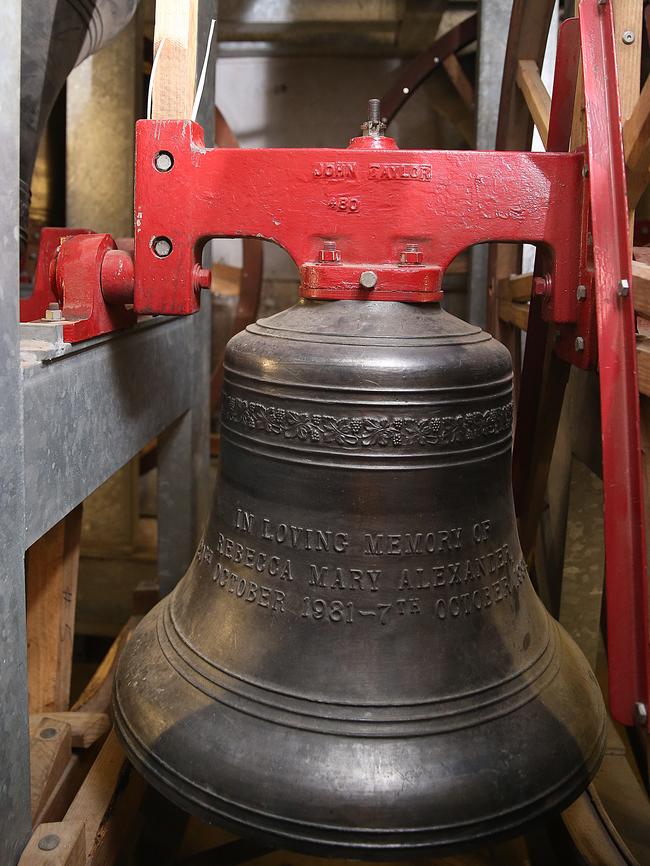History explored in Timeless Tales
Timeless Tales is a fortnightly history column, kindly provided by the Randwick & District Historical Society. Here are the first three published in the Southern Courier
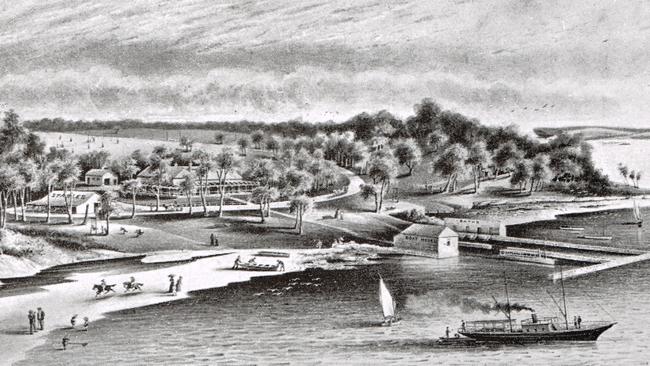
Southern Courier
Don't miss out on the headlines from Southern Courier. Followed categories will be added to My News.
Timeless Tales is a fortnightly history column, kindly provided by the Randwick & District Historical Society. Here are the first three published in the Southern Courier
Yarra Bay a top spot for pleasure
There was a flurry of recreational facilities created in Sydney in the late 19th and early 20th centuries as people sought open spaces for relaxation.
The Yarra Bay pleasure grounds, between Yarra Bay Sailing Club and Phillip’s monument, were the inspiration of George Howe, a long-time resident of Yarra Bay. For a short period, the area would rival the nearby Sir Joseph Banks Hotel during its period of decline.
The extension of the steam and then electric tram to La Perouse enabled easy access to the people of Sydney. Mr Howe quickly recognised the possibilities, obtained a lease over seven acres of scrubby government land and began the development.
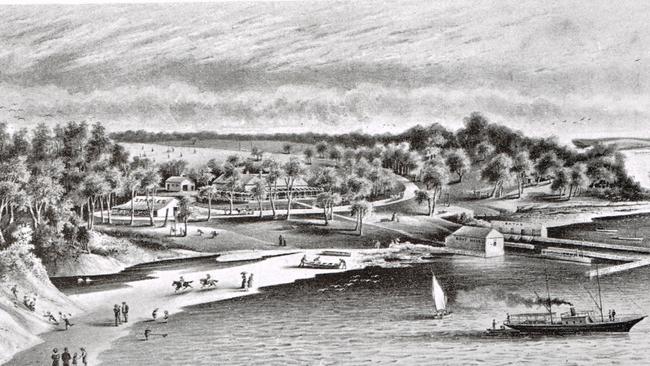
The resort, Mr Howe operated with his wife Ada, included refreshment rooms, two large halls and a ballroom surrounded by lawns sloping to the shoreline. Land for a cricket and football field were reclaimed from the nearby swamp. Other features were built — modest summer houses for hire, swimming baths, a boatshed for hiring skiffs and a jetty from which boats went on excursions to Kurnell or the Georges River.
The pleasure grounds attracted many visitors for Sunday school, picnics, club outings, “gypsy teas”, wedding receptions, concerts and parties. On Boxing Day 1908, there were 10,000 visitors.
Mr Howe was a Randwick South Ward alderman from 1911-1914. His popularity was partly due to the success of the pleasure grounds.
Lesley Potter, Randwick & District Historical Society. Adapted from George Howe and Yarra Bay, by Robert Booth
Artist George Lambert had studio at hospital
The Prince of Wales Hospital housed an artists’ studio from 1923 to 1930.
Would you link the hospital with the famous World War I Australian artist, George Washington Lambert (1873-1930)? Although Lambert is famous for his paintings, the artist used the hospital studio for creating sculptures, assisted by two other Australian artists, Arthur Murch (1902-1989) and E.A. Harvey (1907-1994).
Lambert was given space in the hospital to complete his wartime work and to stable his horse in the grounds. A celebrated Sydney sculpture was modelled in this hospital studio. This sculpture was Lambert’s depiction of the “Unknown Soldier” now located in St Mary’s Cathedral.
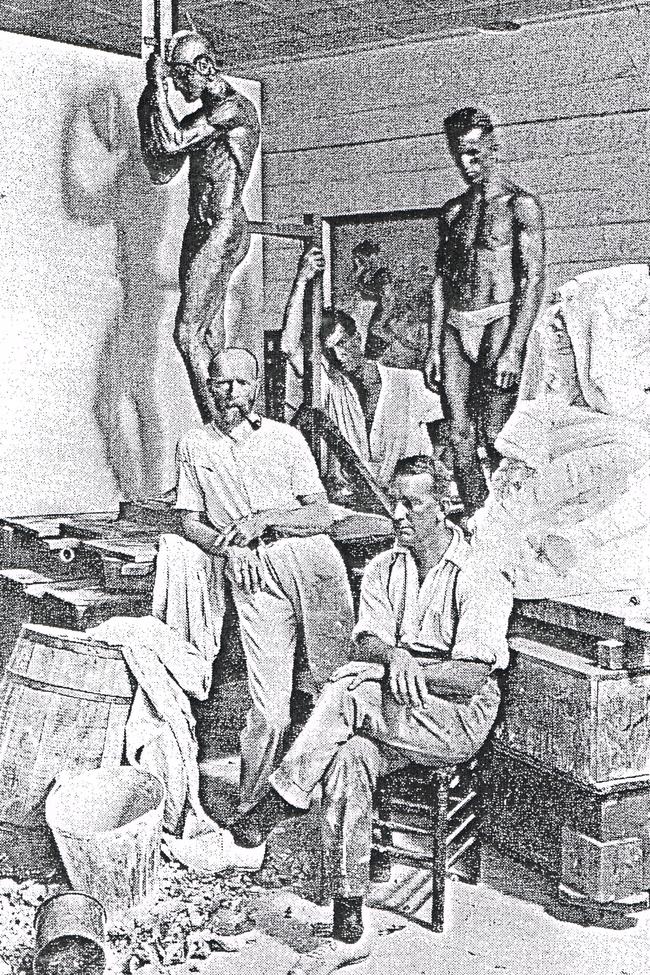
When I was volunteering at the Randwick and District Historical Society rooms in 1981, an elderly gentleman told me that Lambert had painted a portrait of Prime Minister Billy Hughes.
This portrait of Mr Hughes was commissioned in 1927 by the Historic Memorial Committee for a series of portraits of Australian prime ministers. It hangs today at Parliament House.
The Lambert Studio was in the southern wing of the hospital’s Blackett Building. The only evidence for the location is a pencil sketch giving directions for a delivery man, now housed in the State Library of NSW.
Kindly provided by the Randwick & District Historical Society
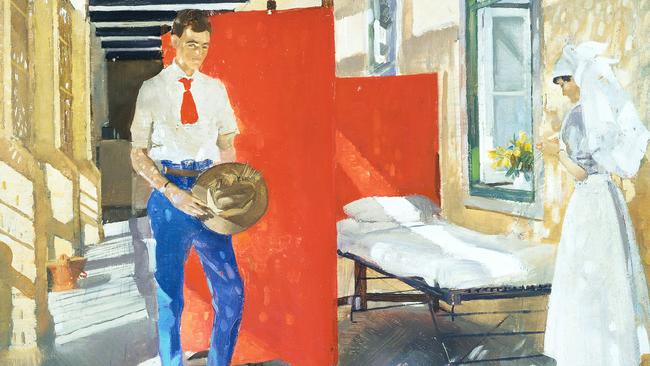
Bell an early gift for St Jude’s Church
Simeon Pearce was the first mayor of Randwick. He came from the village of Randwick in Gloucestershire, England. It is said that Mr Pearce was a keen bell ringer at the local church. Simeon was instrumental in having Randwick’ s St Jude’s Church in Avoca St and school hall built.
Only two years after he arrived in NSW, in 1843, he resided near St. Phillip’s Church Hill (near Wynyard). He found eight bell frames in the old church bell tower, but only three bells; the Government having taken away five for public purposes. Mr Pearce, always on the lookout for anything that would benefit St Jude’s, persuaded the wardens of old St Phillip’s to donate the bell to St Jude’s. The wardens decided only one of the three bells was required for the church, so they gave one of the others to St. Jude’s School at Randwick in 1858.
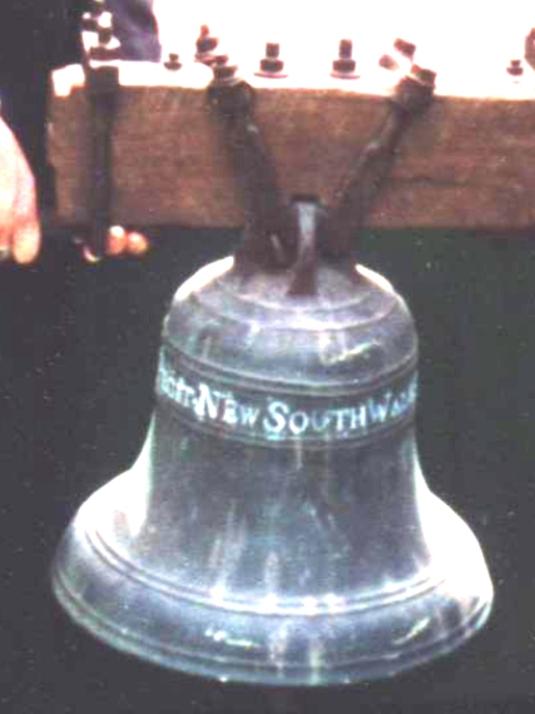
The bell has the lettering cast in it on one side: “T. MEARS & SONS WHITECHAPEL LONDON FECIT” (Latin for ‘made me’). On the other side of the bell reads: “NEW SOUTH WALES 1794”. The inscription shows it was cast specially for NSW, only six years after the first white settlement.
The gift to Mr Pearce is still in St Jude’s, and has been hung so that it can be rung to announce services. The church also has eight much bigger bells that are regularly rung.
Elaine Phillips, Randwick & District Historical Society
